RAW 100% digital workflow
RAW is a complete digital workflow for copying natural morphology, individualised and simplified in Dentcof’s philosophy and optimised for CAD-CAM Systems. The protocol published in Quintessence in 2017, is the subject of a 3 day intensive course organised by Dentcof. For informations regarding future courses you can contact research@dentcof.ro.
Traditionally in analogue workflows the dentist preps the restorative space and the technician creates the restorations according to prep. In digital, treatment is always guided by design.
It explains how to design using biometric libraries, imperfection and harmony, with the help of nature’s unlimited collection of designs. Each generated library is an unique combination of shapes, allowing us to capture beauty and restore it in new creative ways.
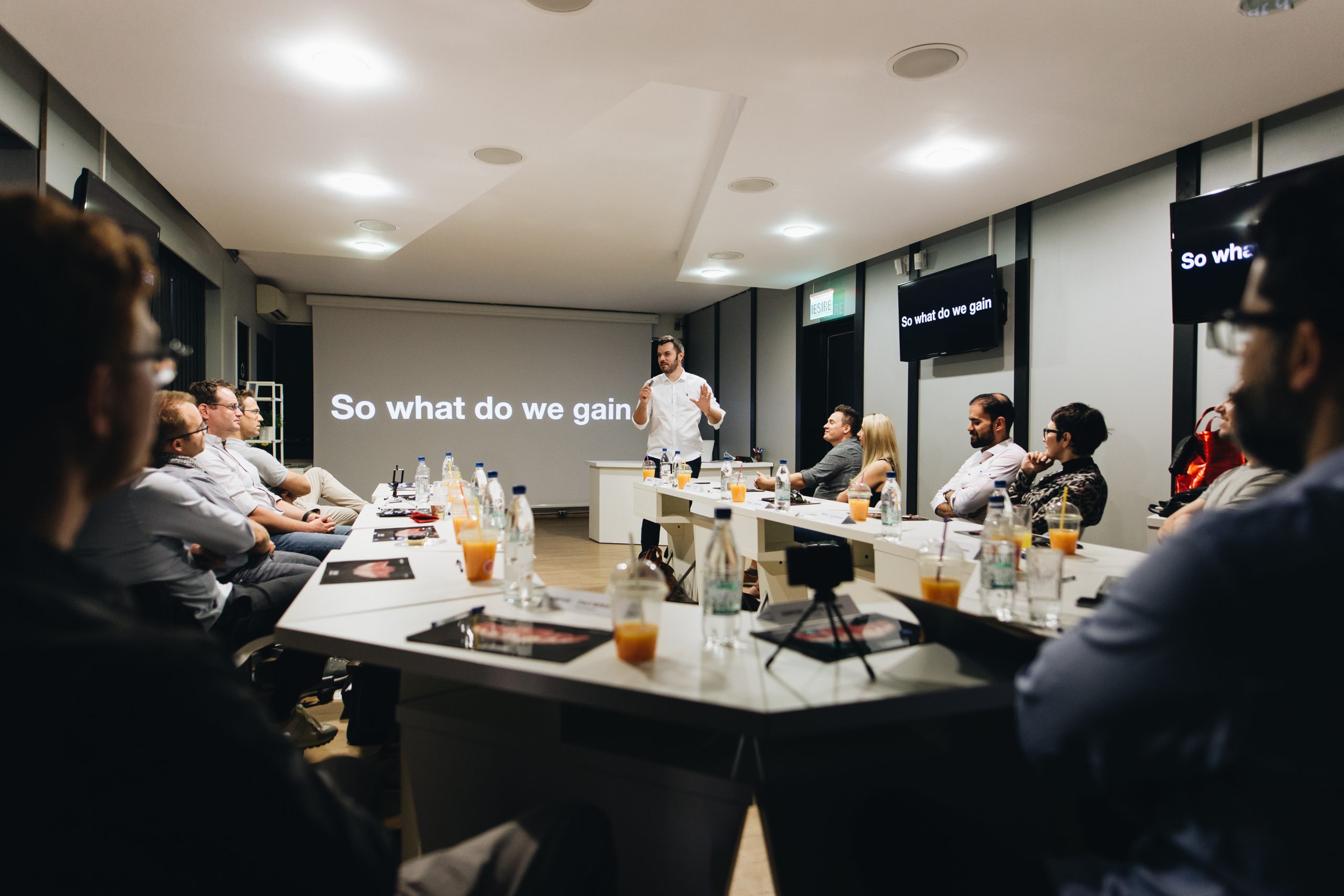
During the first day of RAW, participants learn the principles and fundamentals of the treatment protocol both in theory and in demonstration. One case is treated from A to Z during the 3 days, and the first steps are:
- Initial documentation
- 2D planning and design
- Motivational mockup
- Managing soft tissues
- Preparation
Initial documentation
Traditionally it takes several in-person patient appointments for the dentist to collect all the information needed to proceed with an esthetic treatment plan. These consultations require a significant amount of time and effort by the entire restorative team, which includes laborious hours spent developing wax-ups and putting together the treatment plan.
The “digital clone” is a modern approach of the consultation appointments, in which all data collected are synthesized and assembled digitally for treatment planning. Thus, digital records are obtained: STL, DICOM, Modjaw and a photo-video. This combination of data compiles the “patient digital clone,” which eliminates the need for the patient to be present during multiple treatment planning sessions, and multiple appointments among different specialists, which would otherwise delay the treatment planning process.
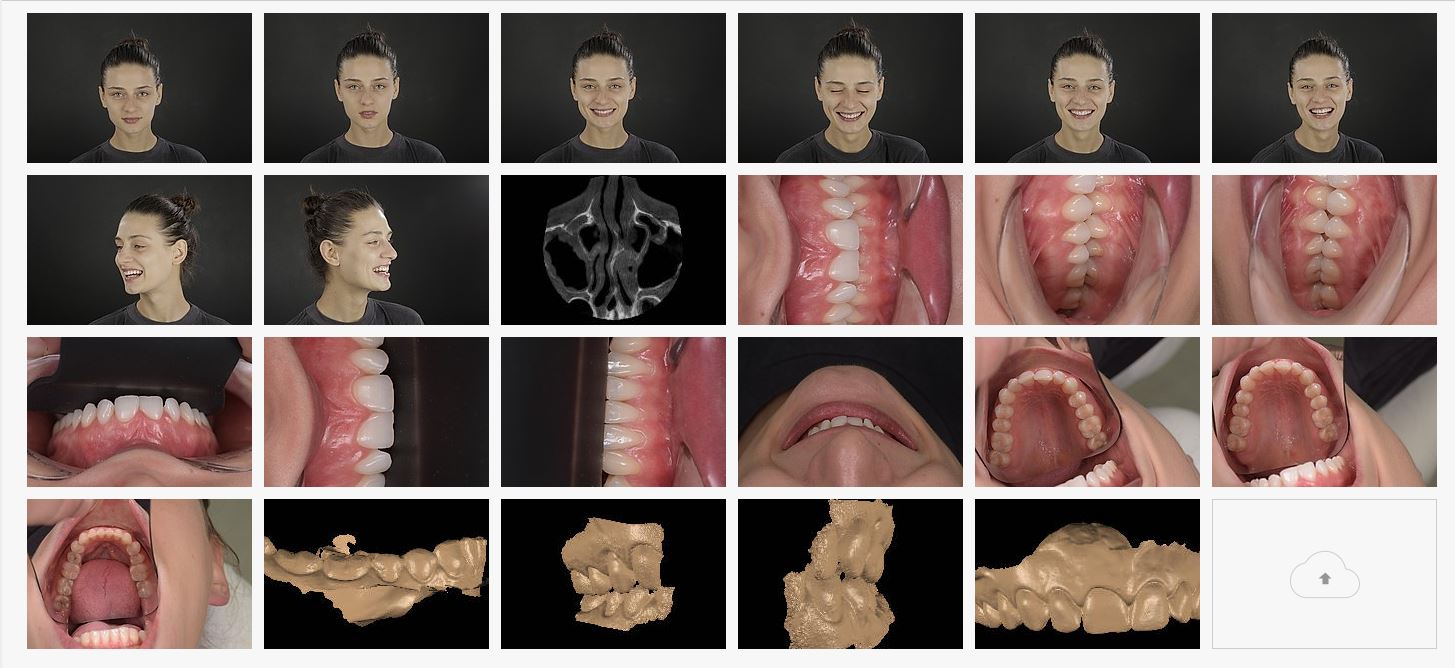
The patient digital clone can be shared among the restorative team by simply creating a new case on Smilecloud uploading the files and teaming up. No boundaries exist among restorative dentist, dental technicians, and all other specialties (periodontist, orofacial pain specialist, endodontist, orthodontist), so treatment planning and delivery is carried out more efficiently.
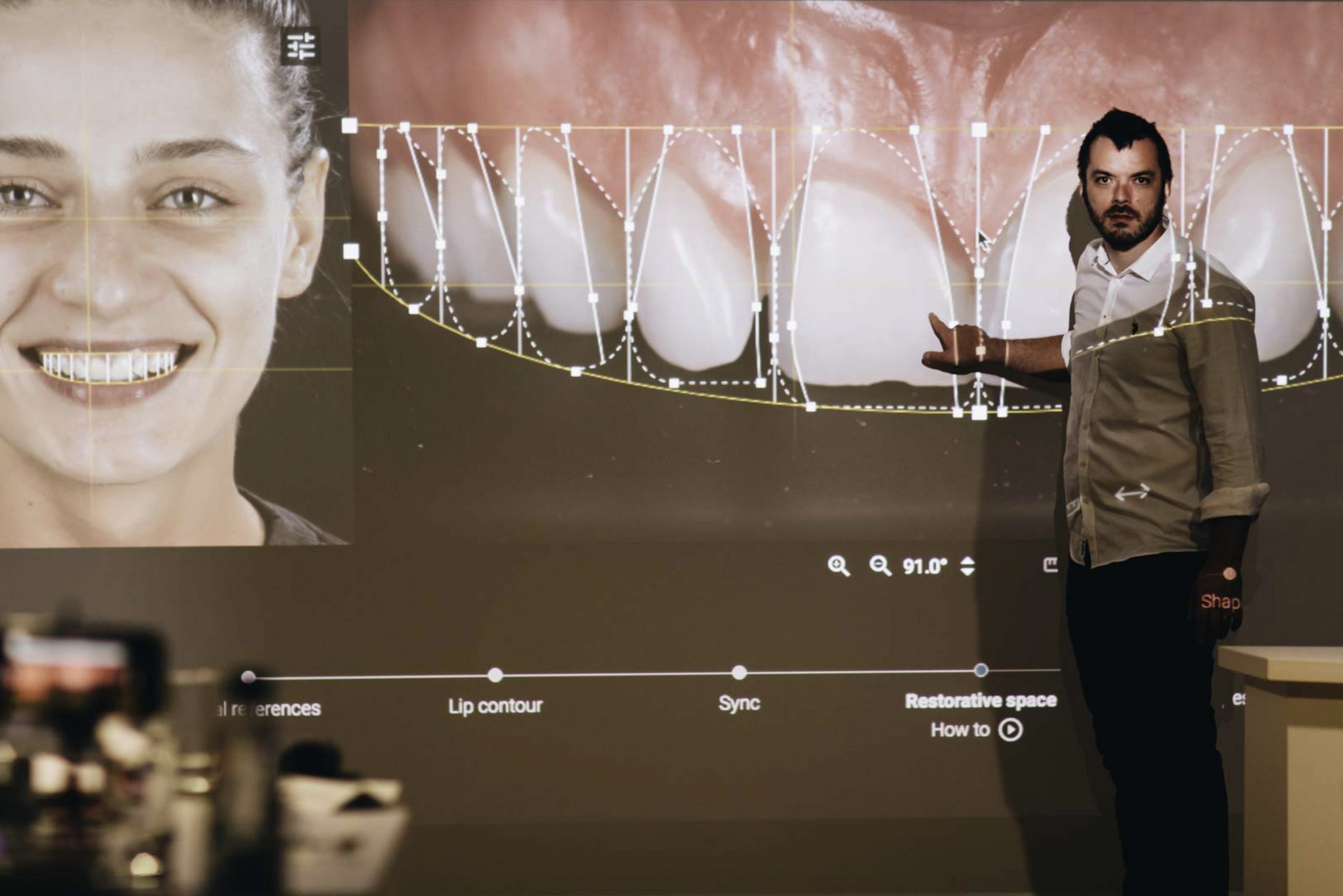

Treatment guided by design
The visual representation of the treatment plan is achieved in the 2D design. Smilecloud design combines input from the user, facial references and how the user designs the restorative space in 2D, with AI to search in real time shapes matching the criteria. It takes into account tissue architecture, line angle architecture, restorative space, proportions and several other factors to search through a vast library of natural shapes, that are rendered in real time as a virtual mock-up on the face. Once the 2D is accepted by the patient, the 3D designs are carried out.
The same library used for the 2D is downloaded and used for all 3D designs. Using the same library preserves the design, which is in fact, the doctor’s promise to the patient.

The crown lengthening procedure is carried out by Dentcof’s lead surgeon, Ioan Cofar. A printed guide ensures proper placement of the gingival zenith. Once the soft tissue is recontoured guided by the design, the biologic width is modified using an ultrasonic diamond tip with a flat surface (CV Dentus) under copious water-cooling. The flat surface of the diamond tip allows, in some cases, flapless bone reduction without damaging the soft tissue. In this type of procedure, which is indicated for cases with thin buccal bone, the enamel preparation and scanning are performed on the same day.
Retraction wires are placed after the recontouring to stop bleeding, accelerate healing and to allow a good visibility for the prep. Two types of Pascal cords are used: for prep no. 7 and for scanning a no.9 wire is added on top of 7. The wires can be used with or without epinephrine. Prep is carried out using the final mockup as a guide.
The final restorations are designed using the same library as on the initial. After milling, the ceramic is stained and glazed. After the try-in, we proceed to final bonding. In the present case, a leucite-reinforced glass-ceramic was used (Empress CAD Multi block, Ivoclar Vivadent).

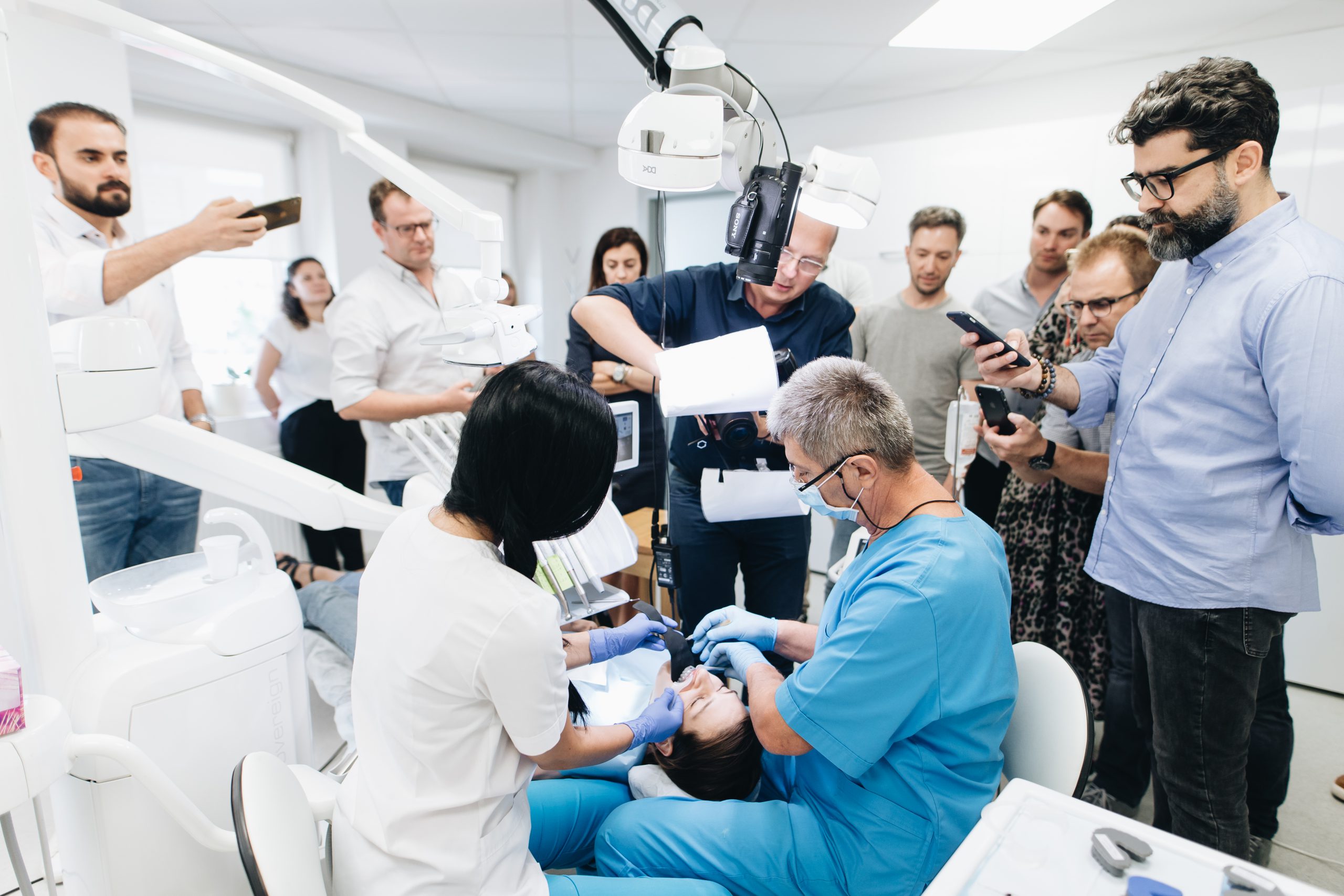

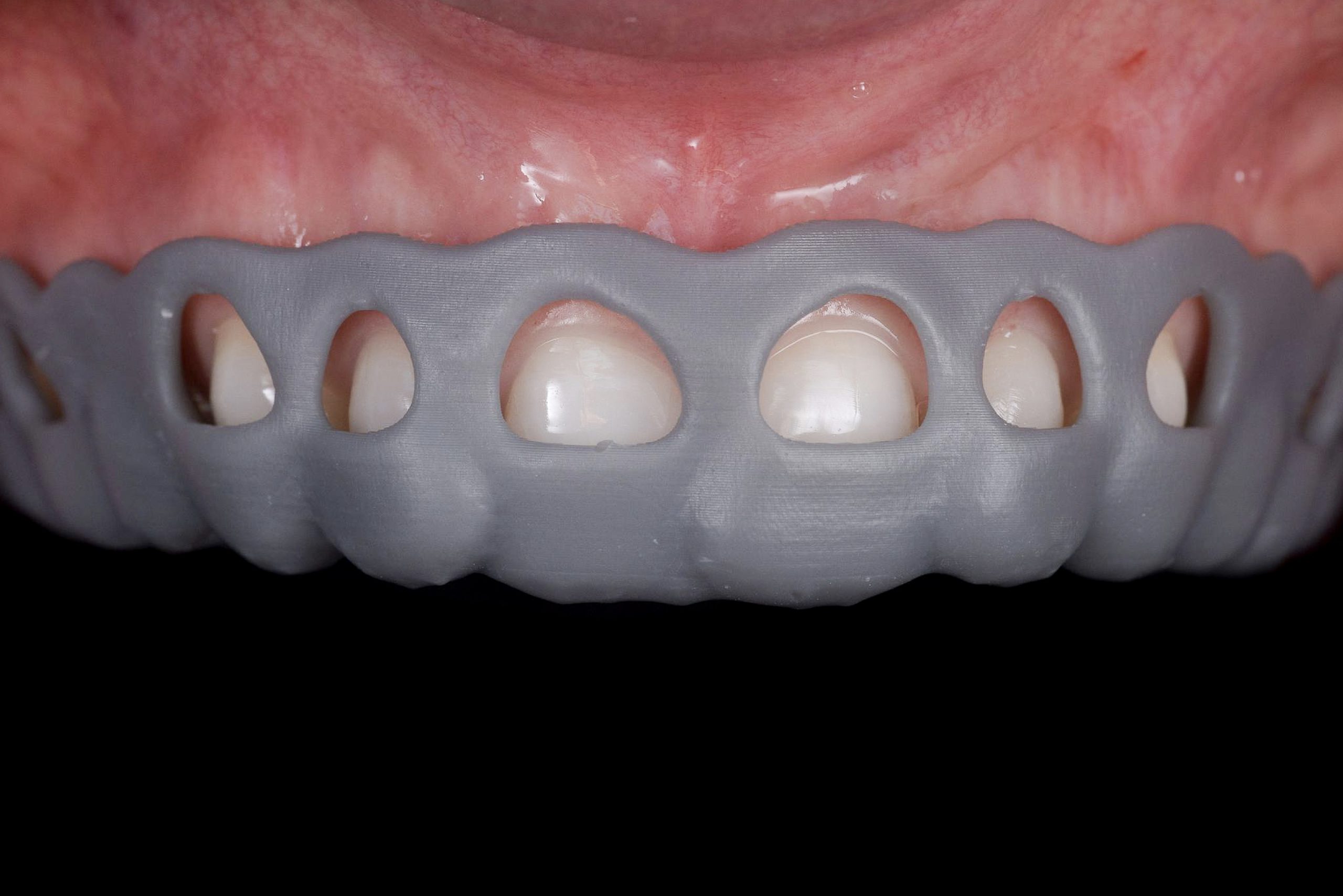
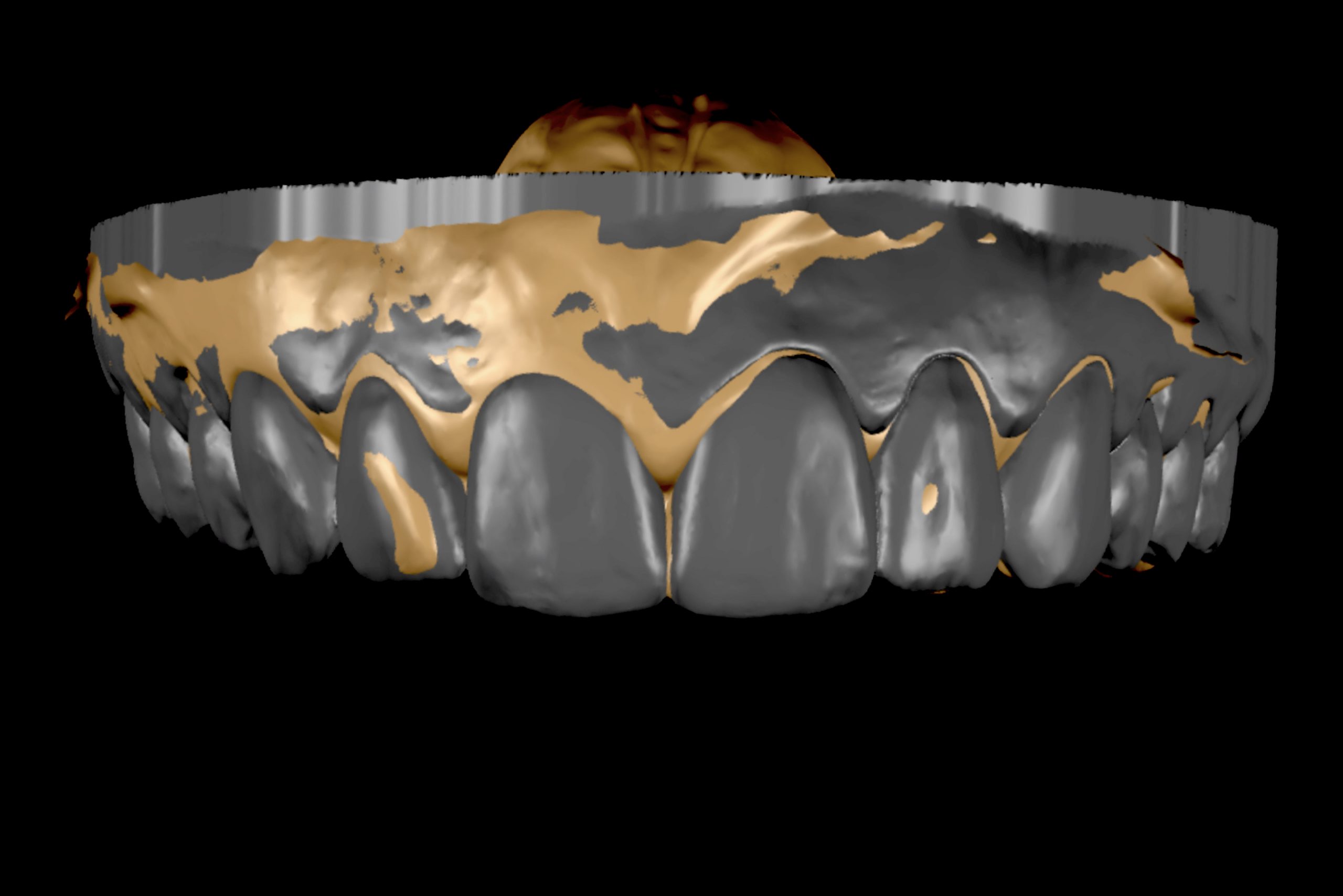
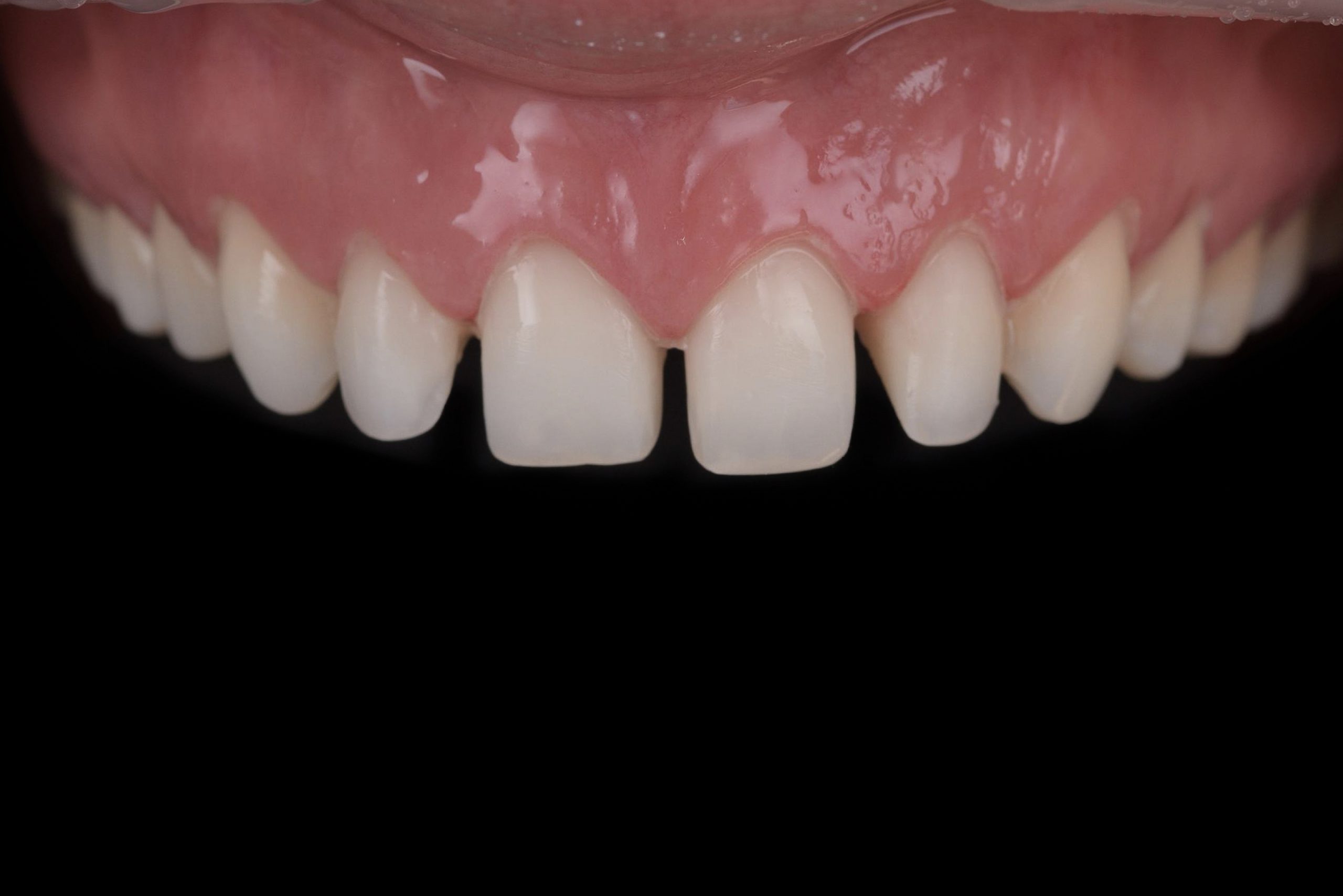
Specific workstations for each step of the protocol
On the second day of course as the restorations are being milled, the participants are divided into small groups and practice each step of the workflow under the supervision of the team.
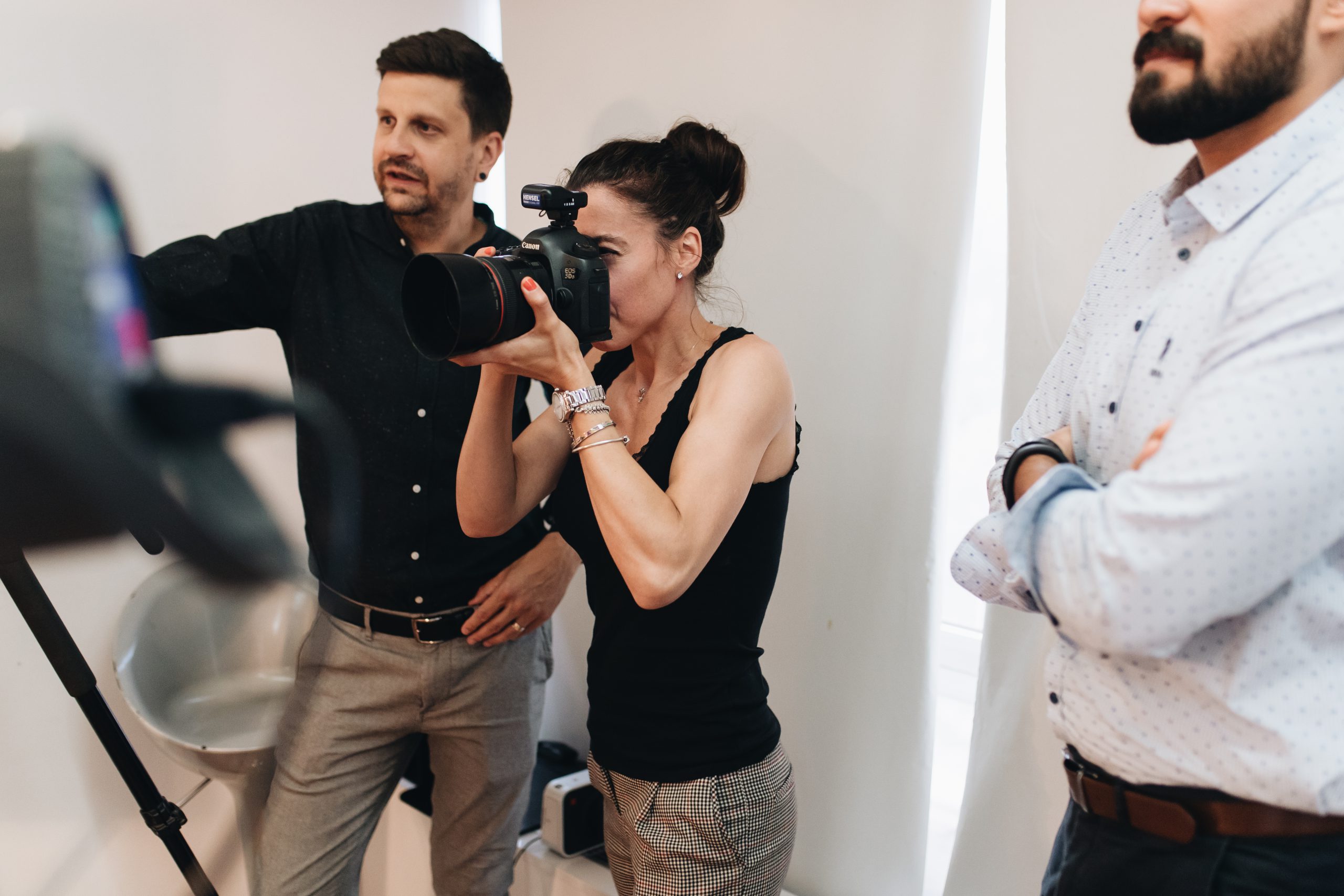

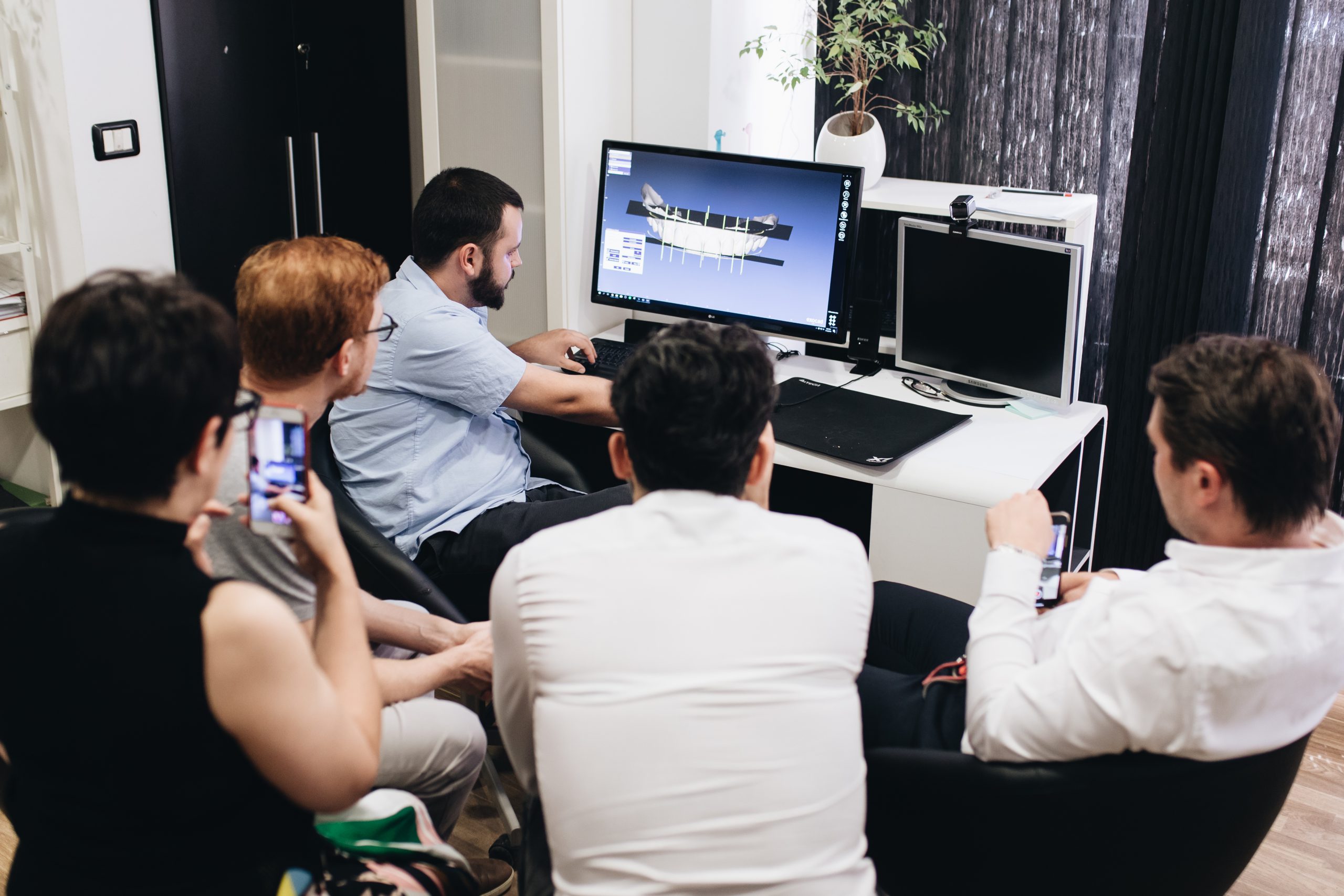
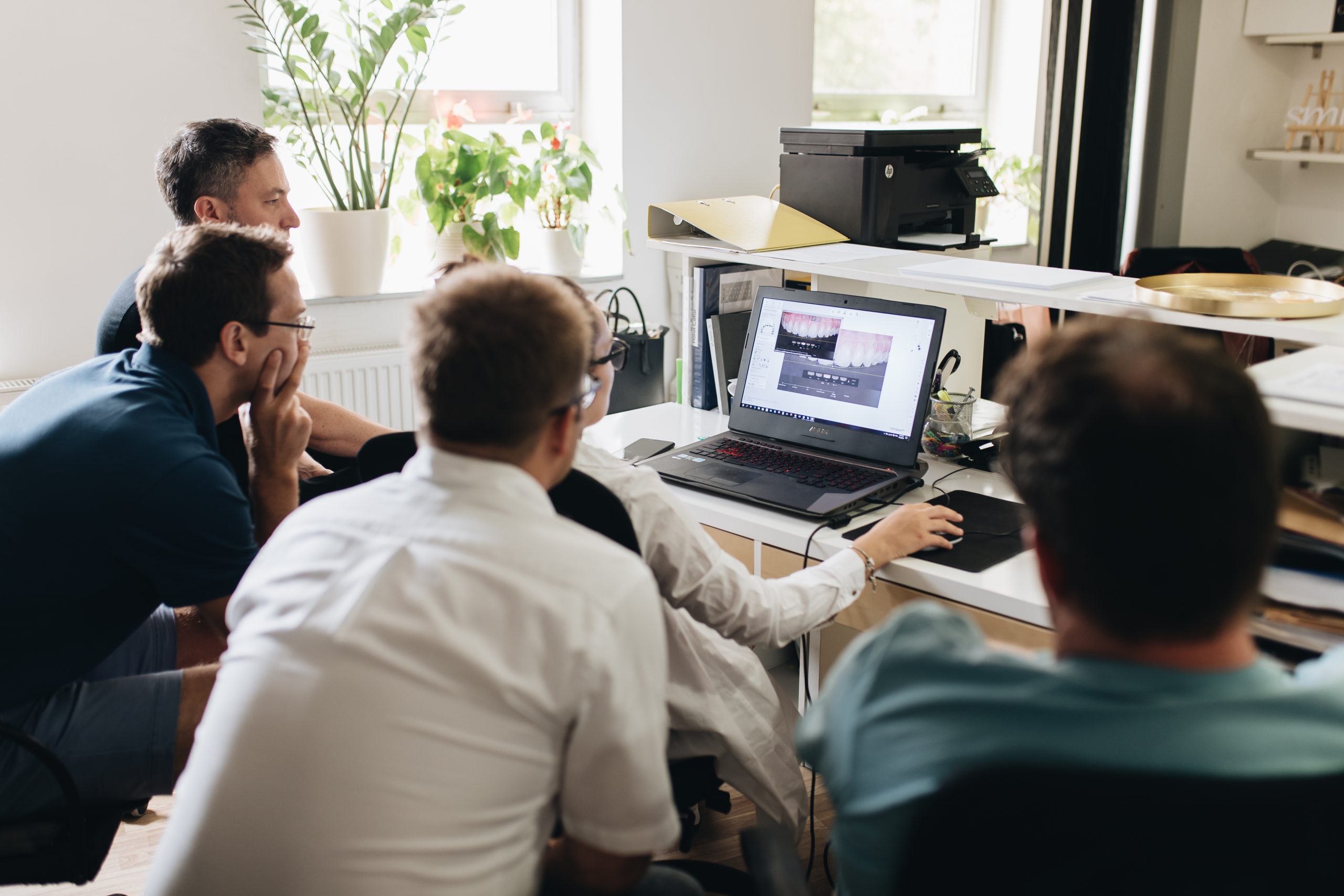
Specifics, isolation and final bonding
The last day is reserved for talking specifics, addressing issues from clinical reality and managing challenging scenarios
Design implies creativity, and creativity means connecting the unconnected—asking a question that has never been asked before. This will always be a human trait. To unleash the true power of CAD/CAM, we need to teach ourselves to see design in a different way when working digitally.
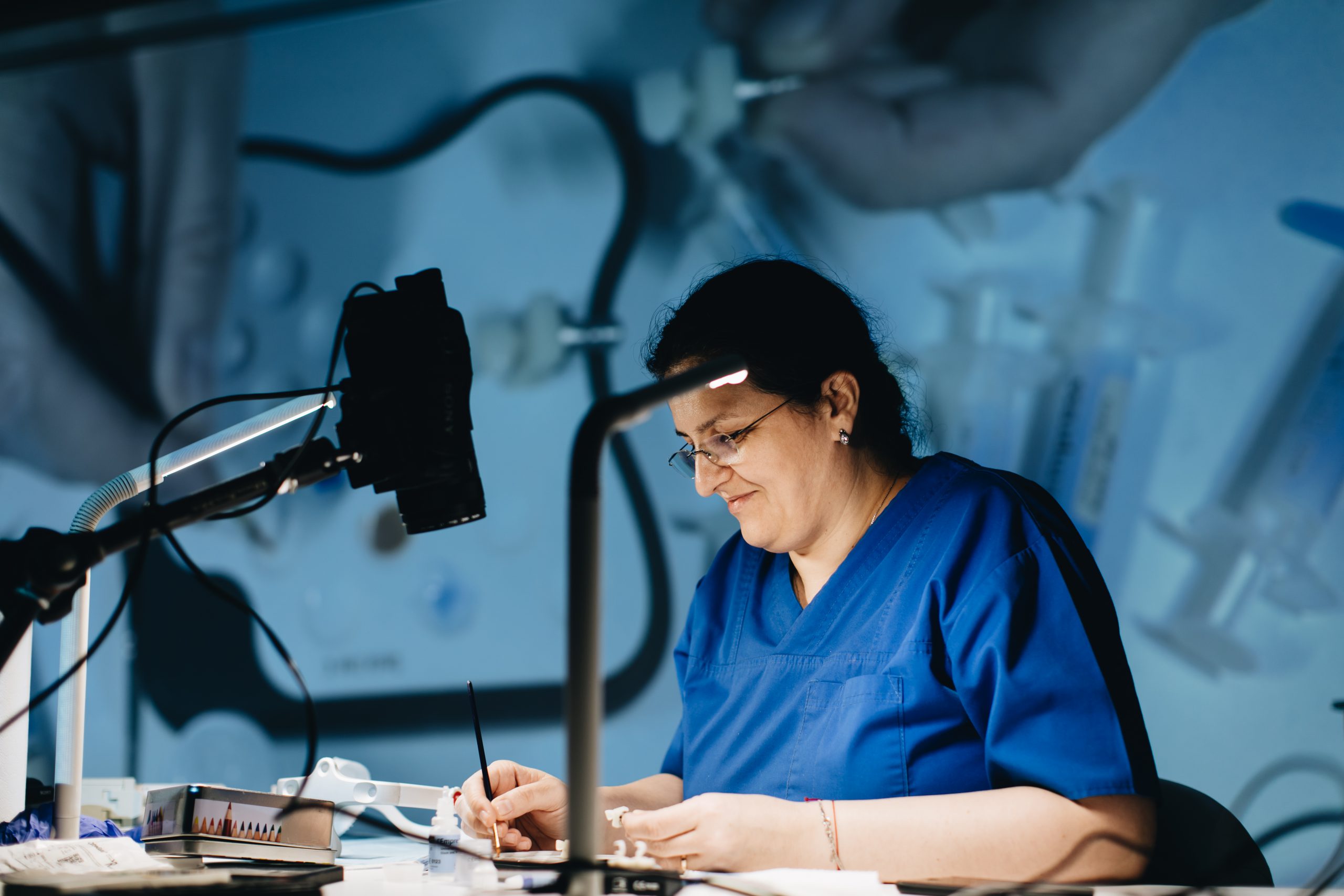
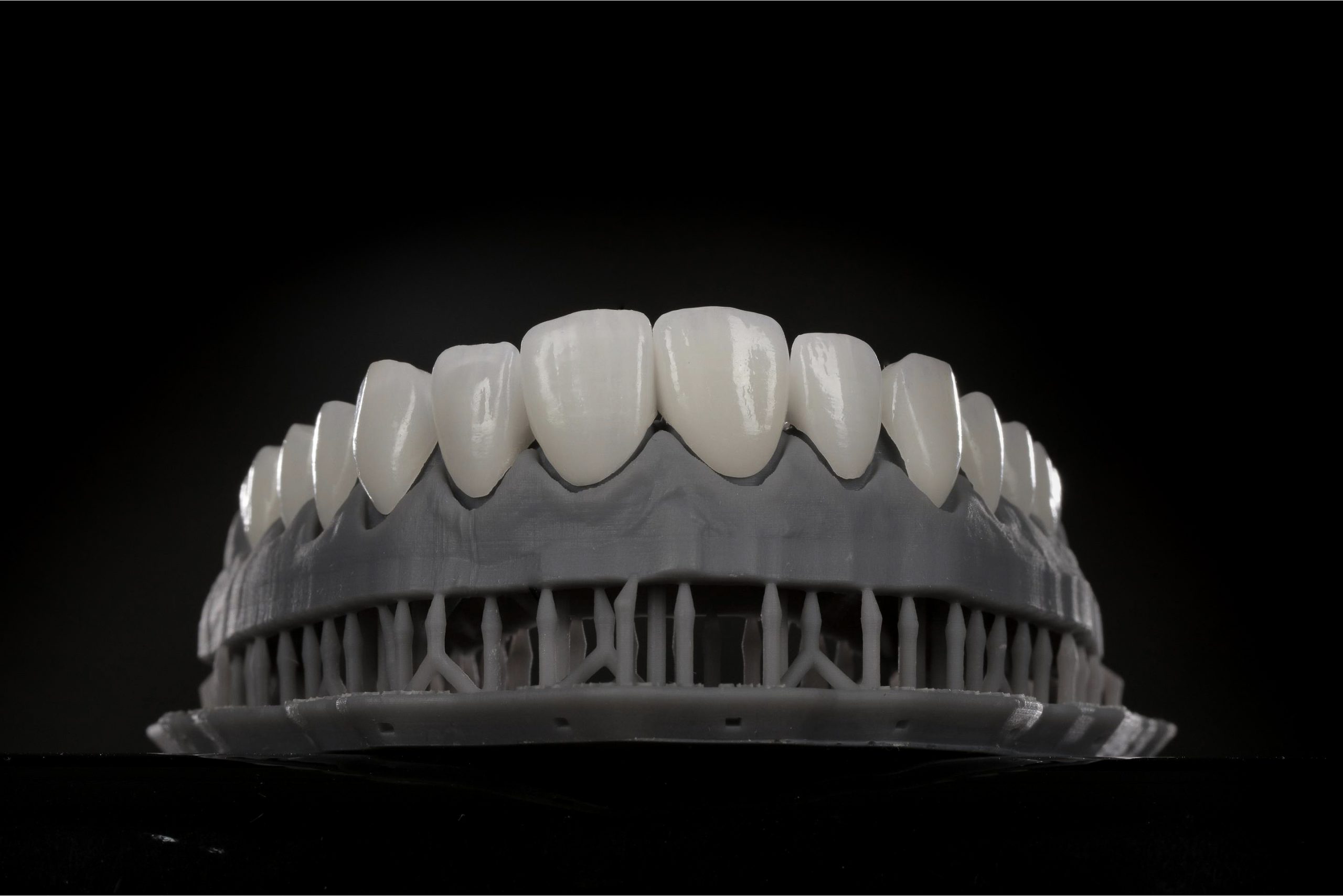
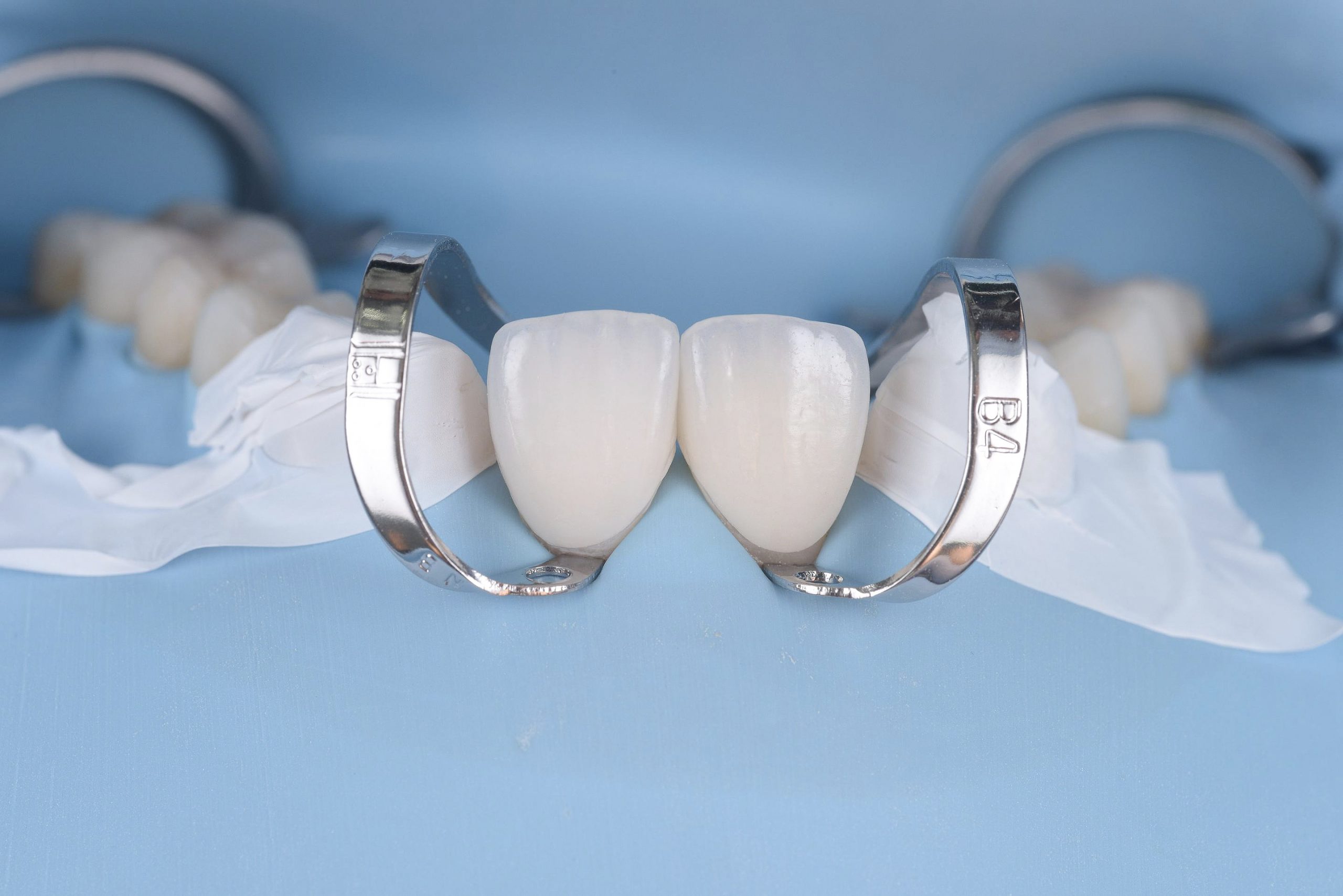

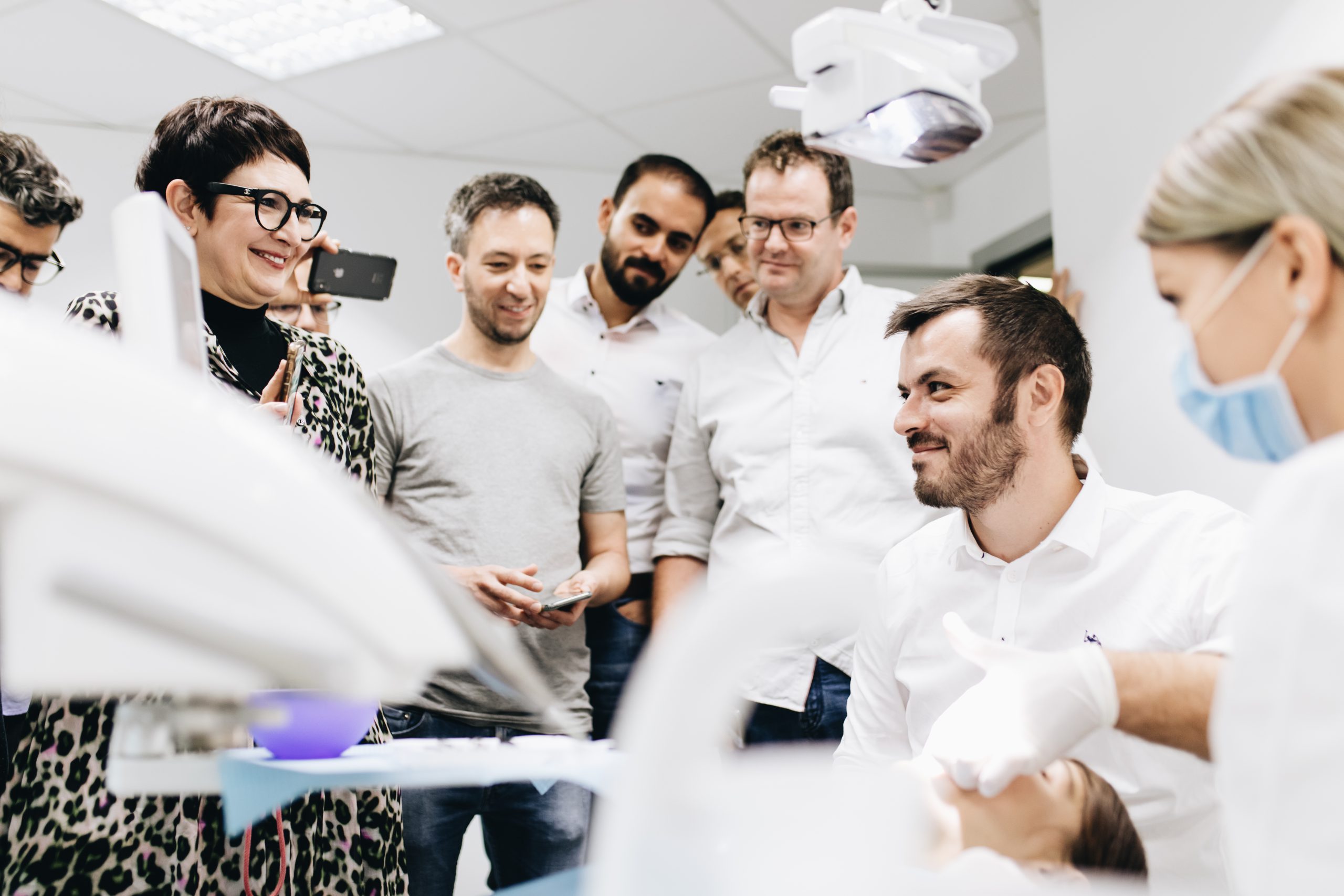
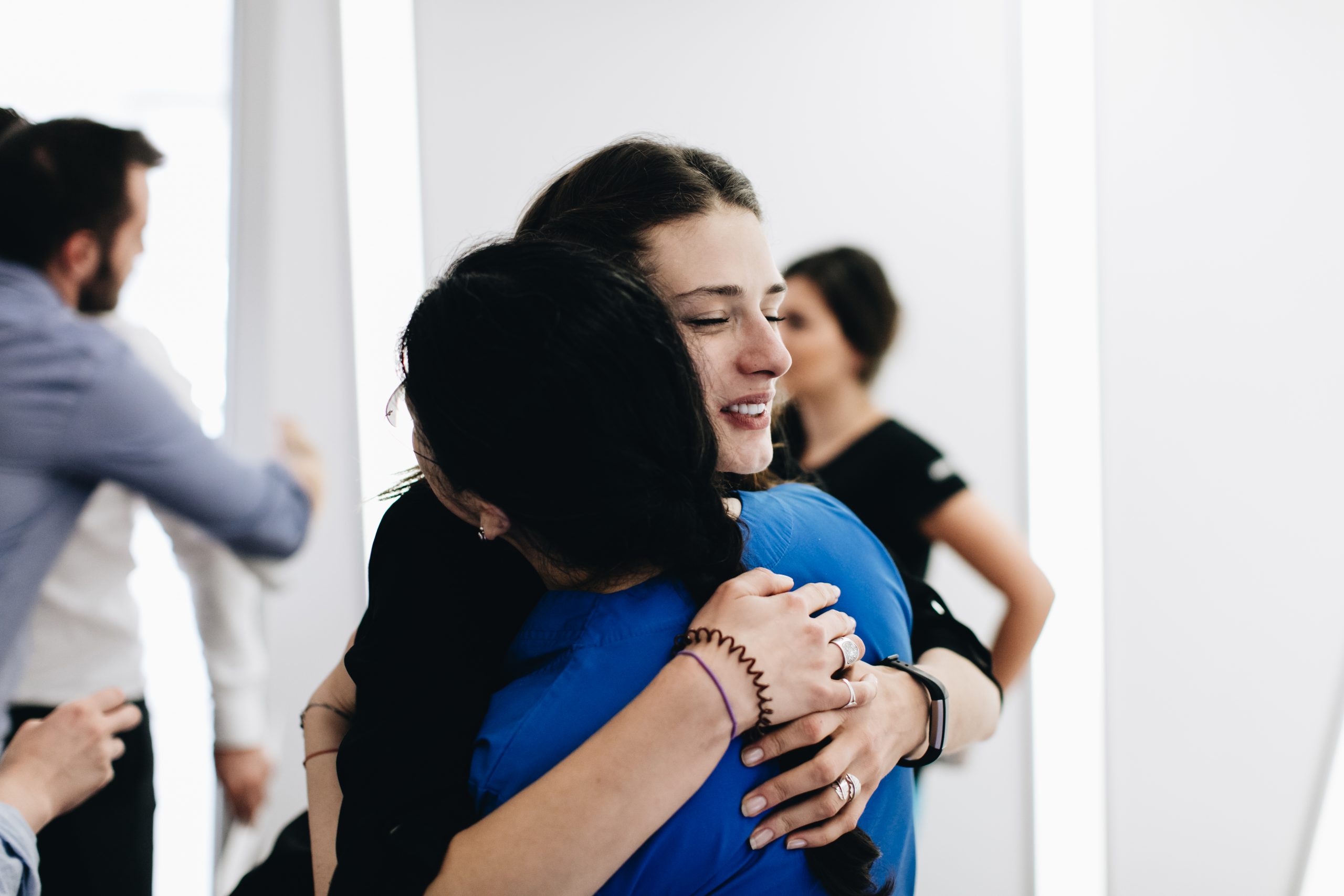
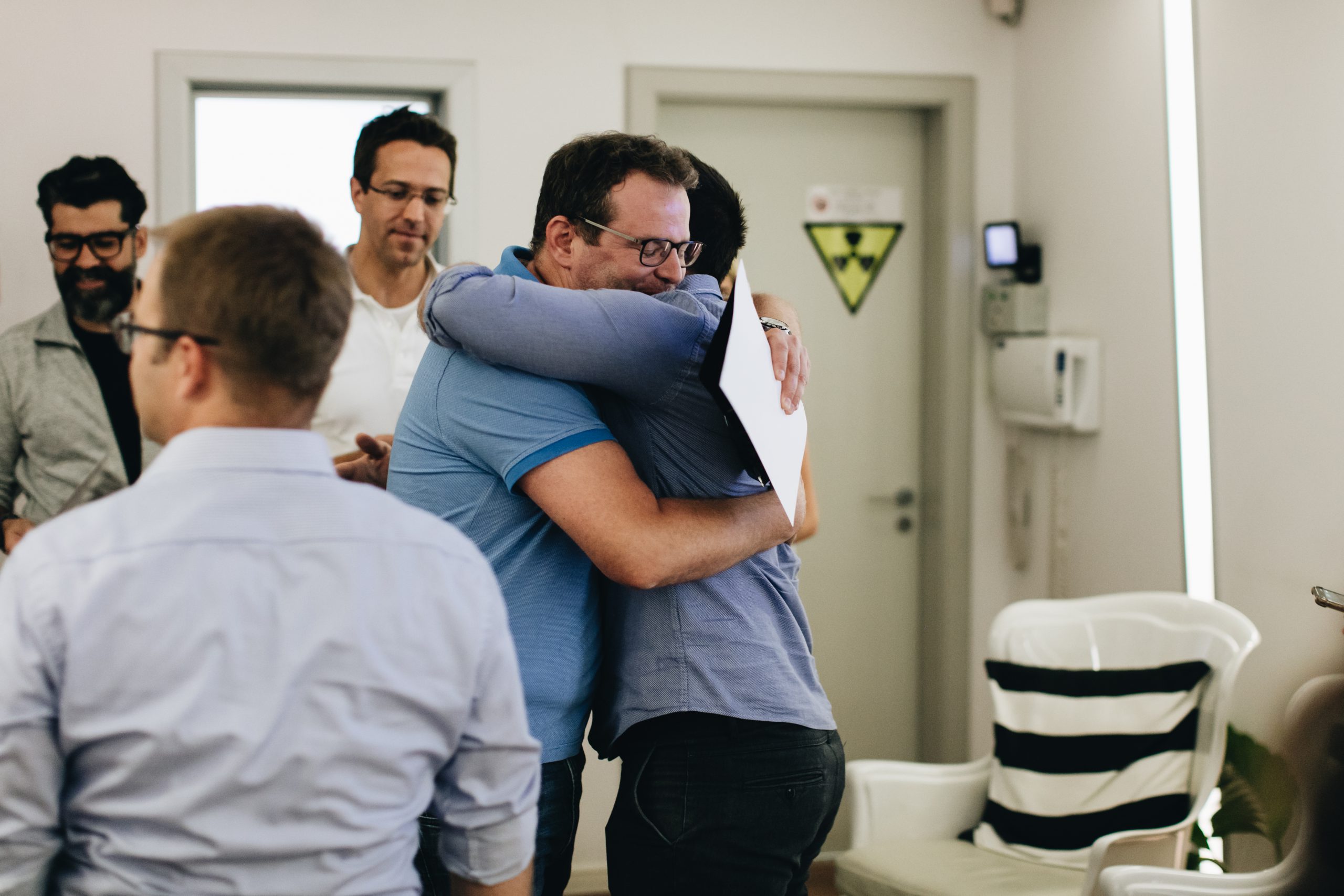


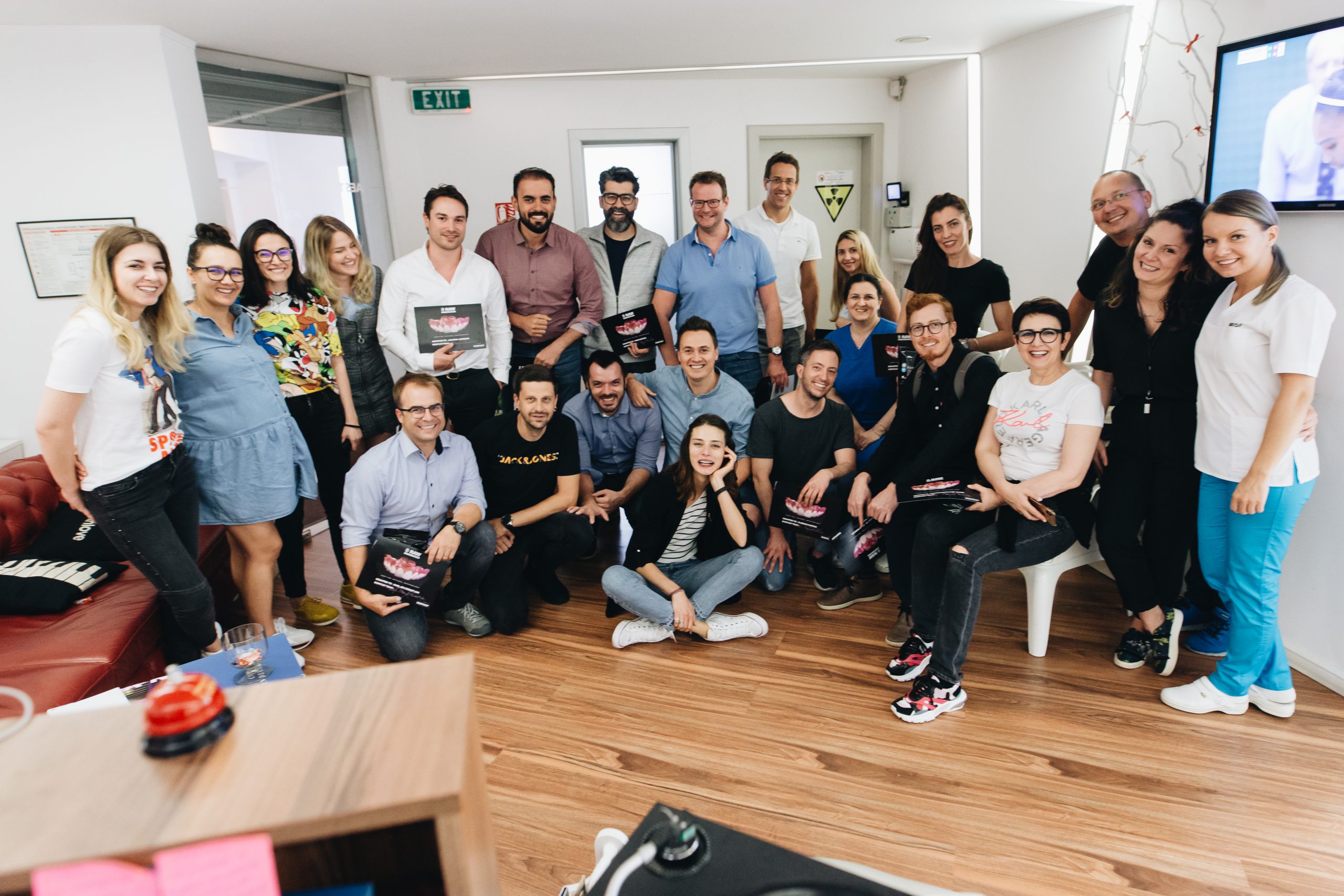
Henri Cartier-Bresson, one of the greatest photographers of all time, said that he took up photography once he understood that photos capture eternity in an instant. In a similar way, this is what biometrics can do. As DNA runs through time, in the form of unique beauty, of morphology and shapes that never repeat themselves, we can now capture beauty, store it, and with the power of AI and CAD CAM, reproduce it.



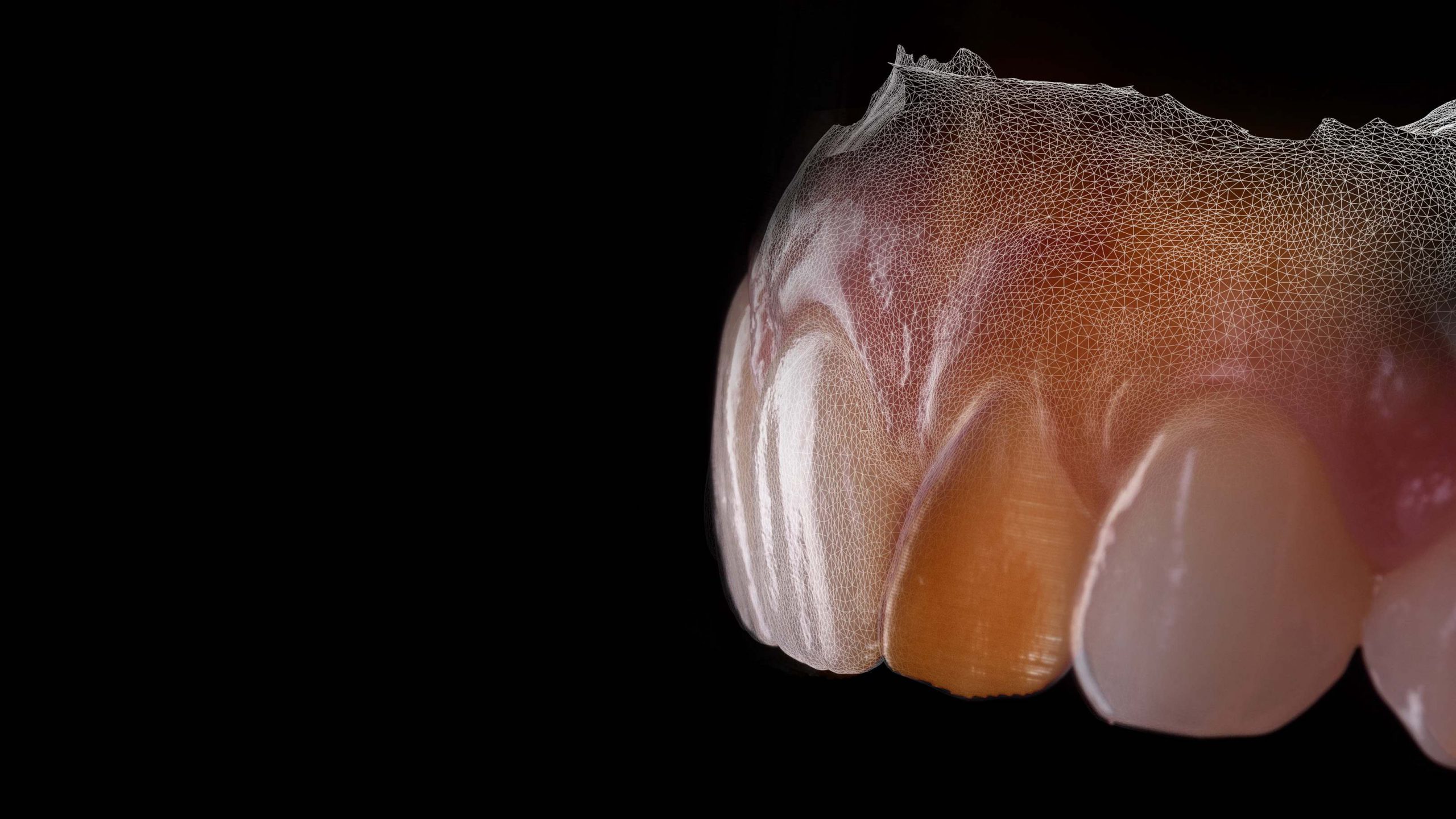

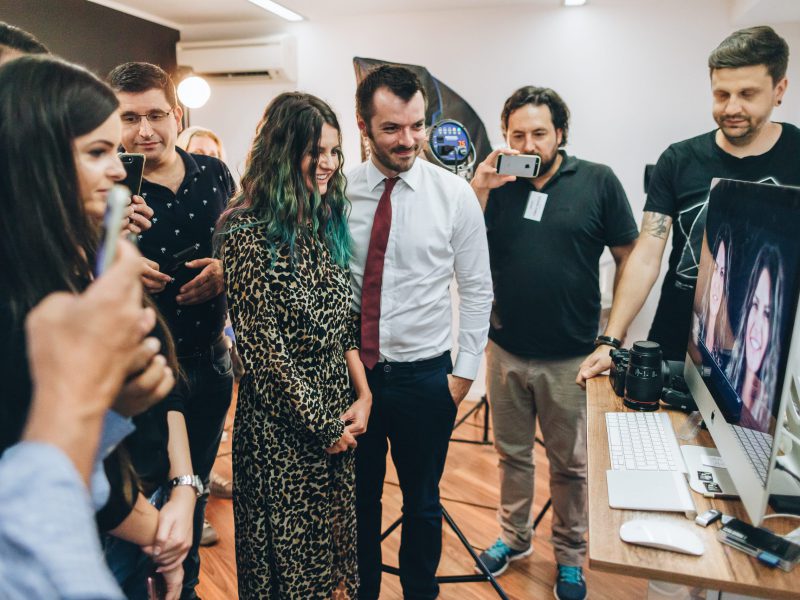

Alexandra Pavard
Hello,
Once the mock-up is placed in the mouth, if the patient requests modifications. STL files of teeth can no longer be used for milling restorations. How do you overcome this limit on a daily basis?
In the case of a 100% digital flow, in my opinion, there is no other solution than to start over by resuming the 2D design with the desired modifications.
What do you think ?
Thank you very much for your help